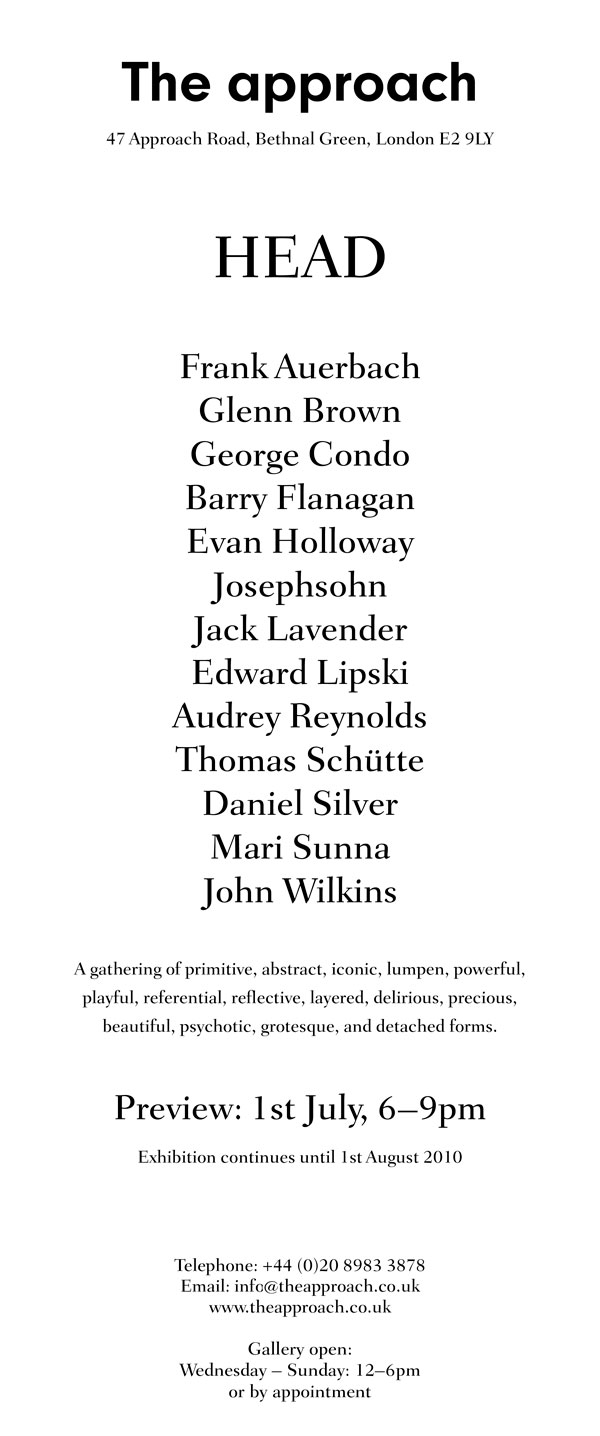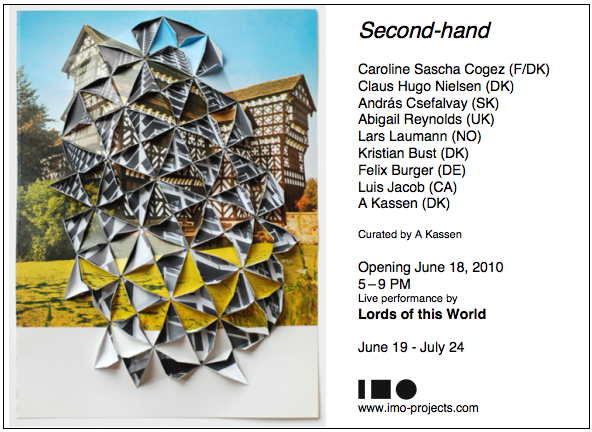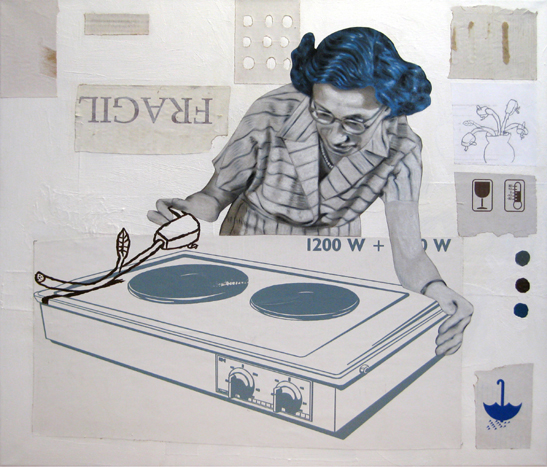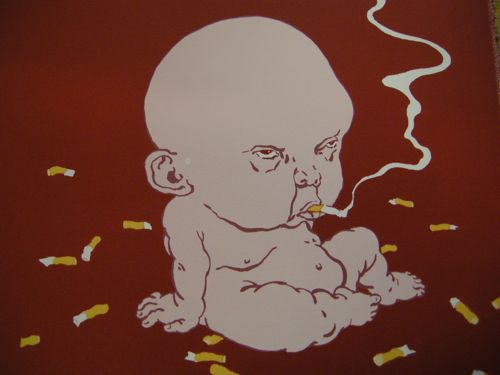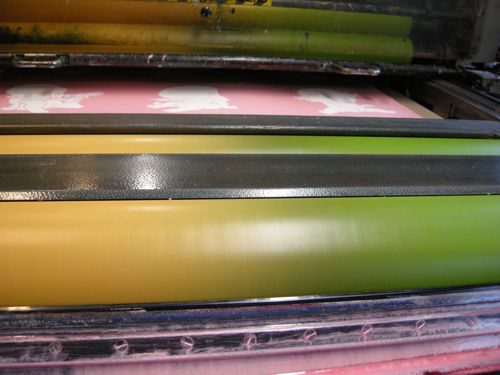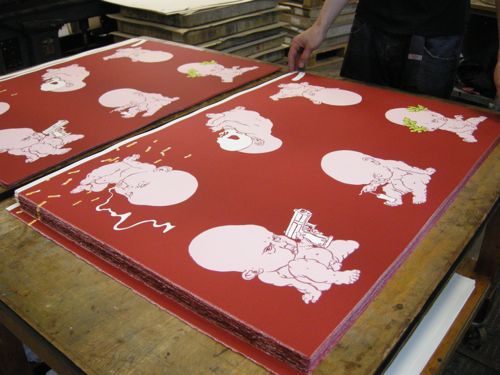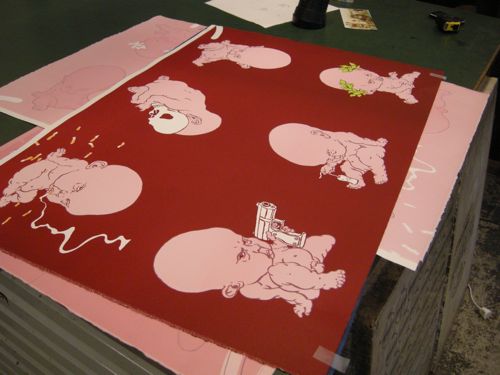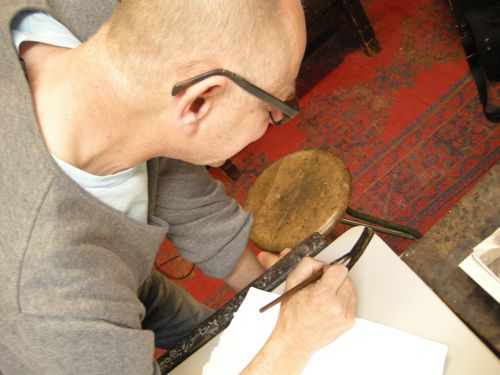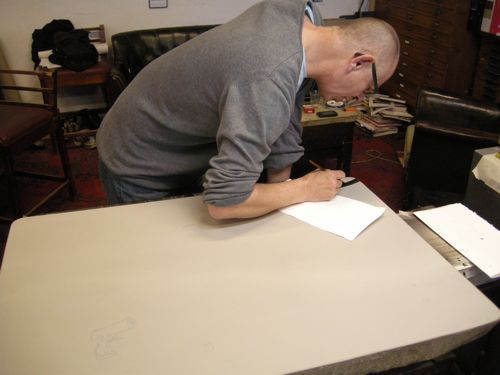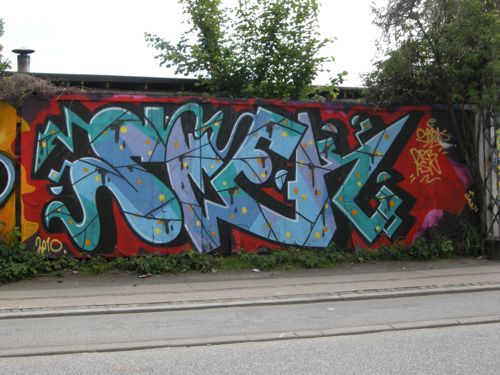
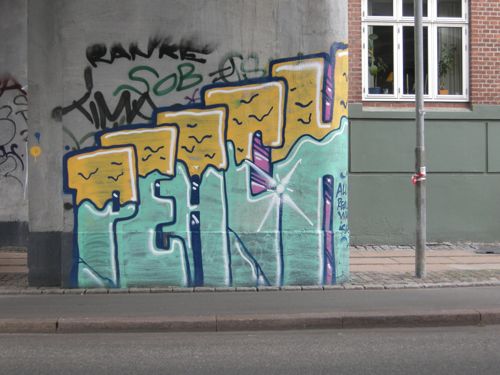
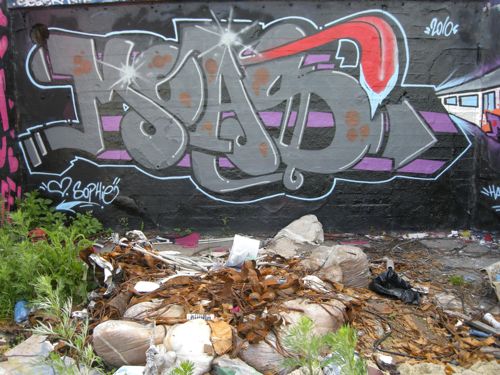
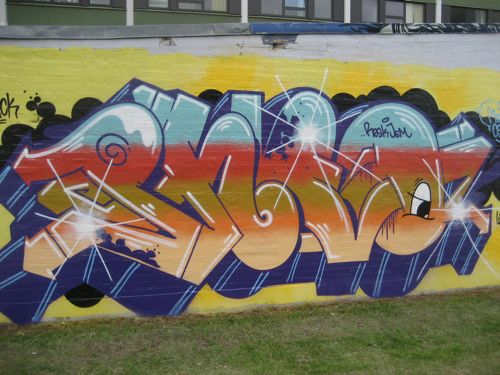
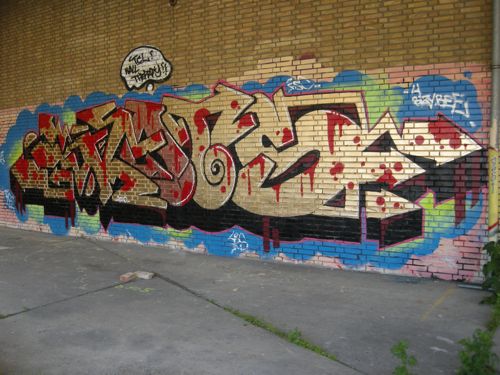
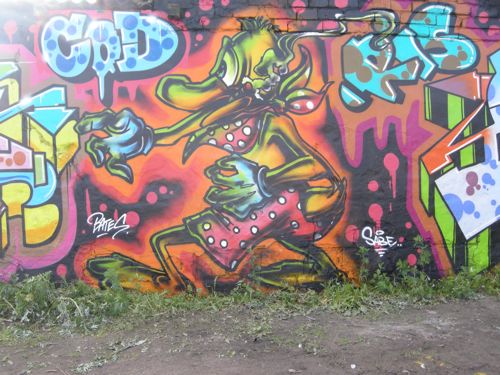
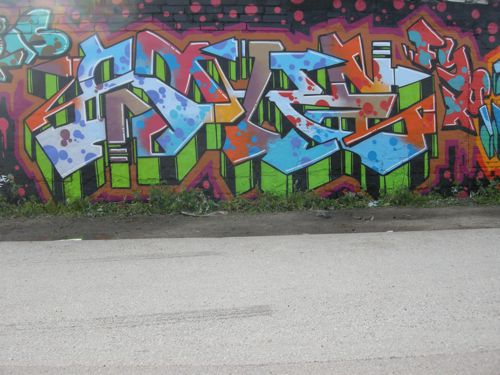
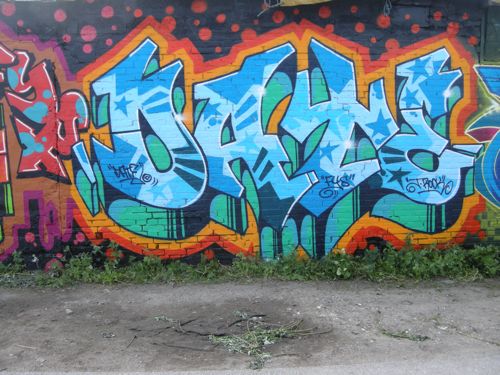
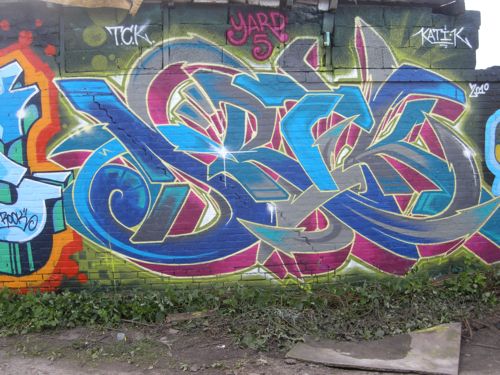
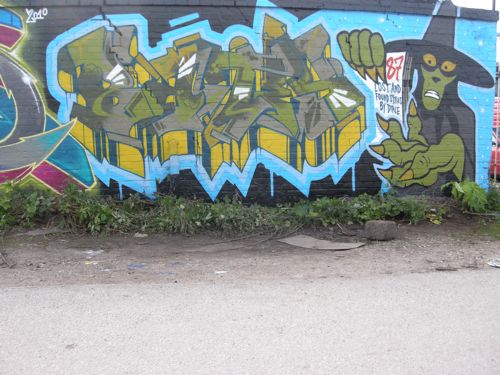
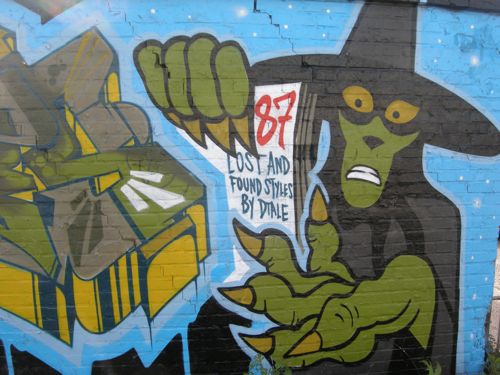
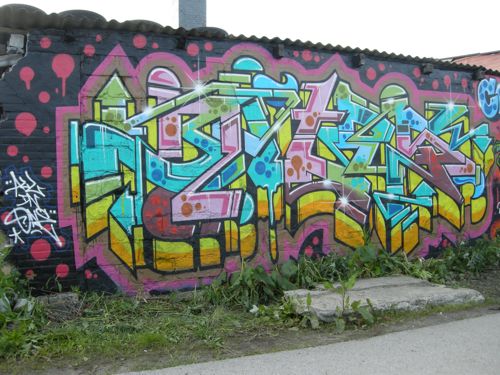
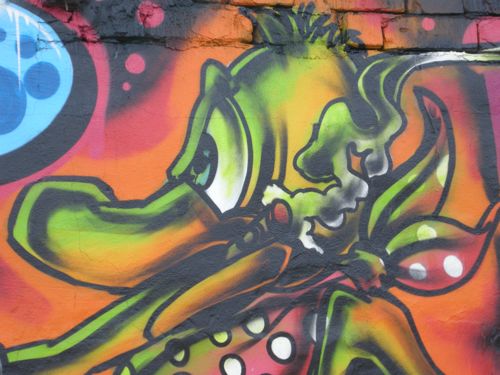
Month: June 2010
HEAD //
Copenhagen Graffiti (Walls) //
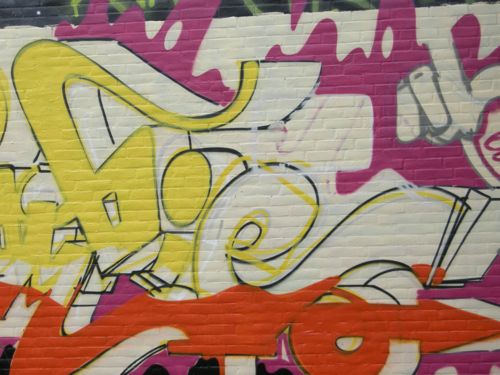
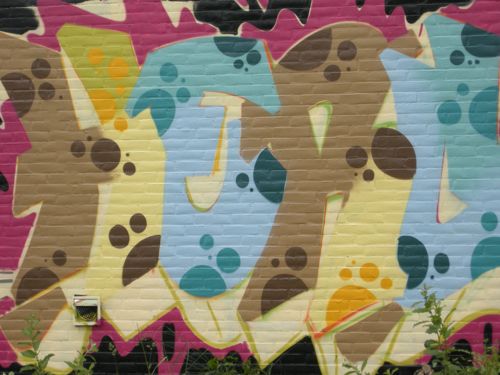
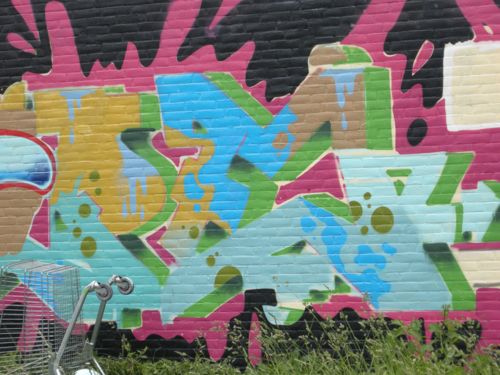
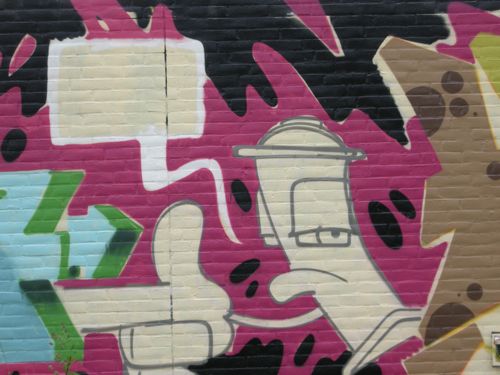
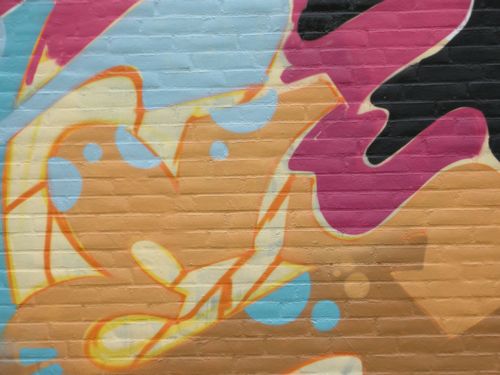
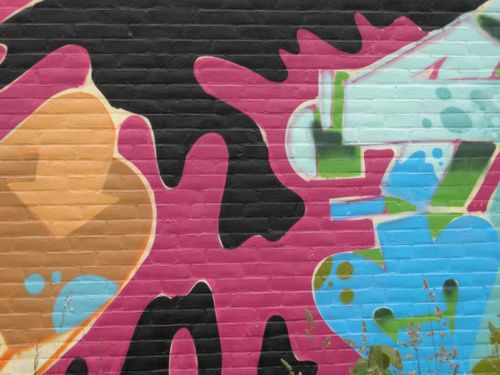
LE SALON DU CERCLE DE LA CULTURE A BERLIN
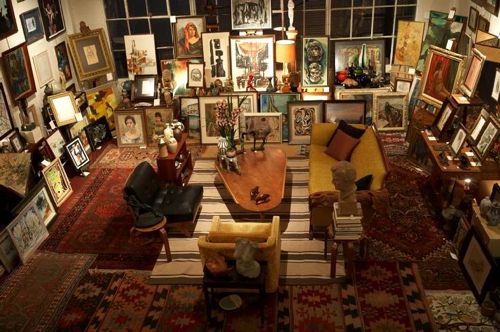
JAYBO MONK, JR, ED TEMPLETON, XOOOOX, ANDRÉ, MAYA HAYUK, NOMAD, KELSEY BROOKES, STEFAN STRUMBEL, AARON ROSE, OSKAR, BANKSY (editions), ANTON UNAI, LOONY LOBSTER, LABRONA, FAITH 47, KATRIN FRIDRIKS, HELLE MARDAHL, DTAGNO, MARCO “PHO” GRASSI, SHEPARD FAIRY (editions)
Following the tradition of the literature and art salons of the early 20th century Circleculture prepares an art show escaping the traditional white cube atmosphere of todays galleries and museums. Sofas, carpets, lampshades, books, coffee and many well selected smaller works create a communicative atmosphere hailing art works by artists from the international urban art scene…
Mick Peter
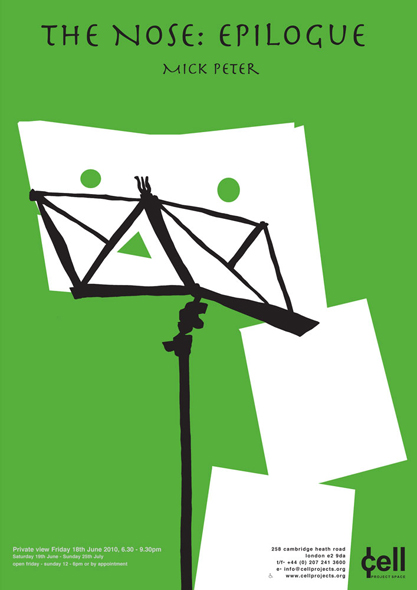
Mick Peter’s work is derived from his interest in monumental sculpture and emblems of stupidity, producing objects with athromorphist personalities as scratchy paradoxes in lumpen matter. Using the traditional techniques of a sculptor Peter cuts, carves and hollows out material, but disrupts the integrity of this formalist process by coating the surfaces with cement or pigmented latex to create a more illusionary quasi-painted appearance. This appearance alludes to Peter’s interest in drawing, and illustration, taking inspiration from the homogenous and anti-realistic colour processes of the ‘comix’ phenomenon of the 60s and 70s, but also ties in with the old fashioned ideals of early abstract modernist sculptors. His more recent sculpture draws from a broad catalogue of literary and theoretical references transposing the incongruity and strangeness of politically charged narratives.
For his solo exhibition at Cell Project Space Peter will present a new version of The Nose, an installation project made for ‘La Salle de Bains’, Lyon earlier this year. Using the 19th century writer Nikolai Gogol’s story of the same name and Dmitri Shostakovich’s opera adaptation as emblems for the project the work explores the jarring absurdity of the former and the performance history and sceneography of the latter. The original story recounts an incident in which a Russian official wakes one morning to find that his nose is missing from his face; he later encounters the nose riding around St Petersburg in a carriage, dressed as a government official. While The Nose was regarded as a humorous but trivial anecdote for almost a century, later 20th century critics considered it to be a social satire on Russian culture, a Marxist critique of socioeconomic class, or a psychosexual fantasy, and a meta-narrative about the process of storytelling. In this ambitious floor to ceiling installation Peter integrates his anthromorphist treatment of human form into the schematic environment of the gallery itself. By combining a new cement wall relief with rubber objects the environment alludes to the cartoon-like aftermath of a rehearsal where music stands are left drooping towards the floor and The Nose has left the building.
‘The Nose: Epilogue’ is Mick Peter’s first solo show in London since ‘Fortescue Avenue/ Jonathan Viner’ in 2007. Recent projects include The Changing Room Stirling, ‘Dr Syntax versus the Paperweights’ (2010), Galerie Crèvecoeur, Paris, ‘The Lumber Room’ (2009), Zoo Galerie, Nantes & Generator Projects, Dundee, ‘Harmonielehre’ (2009), CAPC, Bordeaux, ‘Insiders – pratiques, usages, savoir-faire’ (2009) and Museé d’Art Contemporain Lyon, ‘N’importe Quoi’ (2009).
Not Quite Open for Business
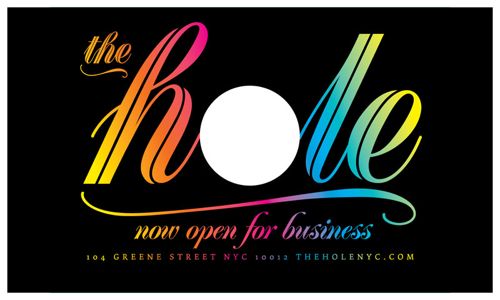
The Hole is pleased to present itself! We are a new art outfit launching in New York City run by Kathy Grayson and Meghan Coleman. Both former directors at the legendary and now-closed Deitch Projects, we have put together numerous art exhibitions both at Deitch and around the world while also making books, essays, art reviews, parties, fashion shows and shops. Former Executive Director at Deitch Projects Suzanne Geiss will be collaborating with us to program cutting edge art and exciting everything else for downtown. “Filling a hole in the down- town community” will be our goal.
Our current location is 104 Greene Street hosted by art enthusiast and renowned community developer Tony Goldman. Tony partnered with Deitch Projects in presenting the huge mural project Wynwood Walls in Miami last winter and the Bowery Mural wall on Bowery and Houston Street in New York City. In our new space, The Hole will present exhibitions and events by our team of artists, including many of the artists from Deitch Projects but also a new group of fresh faces. We will hang available works by everyone in our showroom connected to the back of the gallery and open to public view, which by the end of the summer will also feature a cool café situation.
The first exhibition is called Not Quite Open for Business, a conceptual group show of unfinished art, unfinished poems, and unfinished symphonies. The installation is designed by Taylor McKimens and the show includes over twenty artists from the community. What does a finished piece mean anyway? Come tell us no, no, no; we are doing it all wrong, it needs more yellow.
What else?? We will be presenting a special exhibition and chill zone by Cody Critcheloe and his band SSION for Fall Fashion Week including a pop-up shop by his collaborator, fashion designer Peggy Noland. Before 2011 we will also present both thematic group exhibitions, solo shows by new artists including cult hero Mat Brinkman, and a collaborative club installation by Dearraindrop and the inimitable Kenny Scharf.
Besides experimental exhibitions, The Hole will be organizing numerous events and community services that you will hear more about very soon! For now we can tell you that HOLEY BOOKS, a shop of art books, zines and products in the back room designed by our favourite Rafael de Cardenas will be open for business June 26th.
Second-hand
Ben Gocker
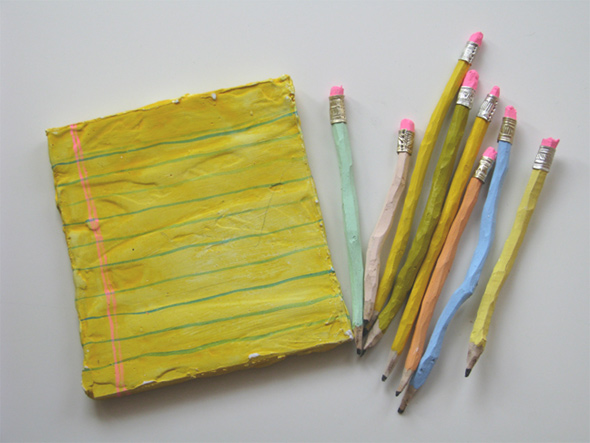
P·P·O·W is pleased to present Ben Gocker’s first solo exhibition, There is really no single poem. Quoting from a letter from poet Jack Spicer to poet Robin Blaser, Gocker takes his title from Spicer’s intriguing claim, “There is really no single poem.” Though there are no poems per se to be found among Gocker’s bright installations, drawing series, and wall-mounted sculptures, there is significant attention paid to the idea that no work of art should or can exist alone. As Spicer put it, “[Poems] cannot live alone any more than we can.” This creative ethos is reflected in Gocker’s inscription of the names of numerous friends, acquaintances, and loved ones in one of the show’s centerpieces, the large painting titled simply Names-as it is in Gocker’s display of book covers for imaginary books, a sort of fantastic prelude to unrealized genius, called, Floating Collection. Each of these works contains elements that cannot stand in solitude, that invite other elements to surround, contextualize, and interrogate them. Each of these works is brilliantly illuminated by others in the show; Gocker emphasizes interaction, dialog, allusion, and sociability even as he mourns the ephemeral service into which these forms are pressed.
Gocker, like Spicer, takes an interest in the series. Like Claes Oldenburg, Yves Klein, Richard Tuttle, and Martin Kippenberger, Gocker knows when to allow color and form to take center stage. This formal timing is on display in the large installation piece Early Poem, a mix of both found and made objects arranged on a page-like platform. There is also Scroll, an extended, obsessively detailed panoramic illustration Gocker has been at work on continuously, for over three years. These works construct differently punctuated narratives of time and invite the viewer (or ‘reader’) to play with ideas of sequence, at the same time creating a kind of half-imagined bridge between the vernaculars of American folk art and the tactics of minimalism.
Other works include Untitled, a triptych of large color wheels drawn on plaster in colored pencil. Another wall will be hung with a grid of thirty ‘drawings’ on plaster pages, notes the artist has saved over time and redone on the pages, reproductions of sketches from his notebooks. Lastly there will be a box, sometimes assembled sometimes not, with carved and carefully painted staffs reminiscent of Brancusi’s Endless Column, titled Calendar, which Gocker will be changing throughout the course of the show.
The show is also concerned with space, especially as regards connecting the physical to the conceptual via the act of naming. Most pointedly, a series of twenty-two monochromes entitled Death & Friends evocatively bears witness to the nature of Gocker’s relationships, bringing friends into the room simply by naming. These objects are totemic: stand-ins for people and memories in Gocker’s life, they inspire recollection, even as they refuse to substitute fully for that which can only exist in memory, which is to say, a tale that may or may not be recalled in full. Here, as with all of his work, a practice of memorialization is left open to the viewer; the object recalls not just an independent event but its own making, interrogating the border between the completed work and the limitless possibility of expression with which the work began.
Ben Gocker was born in Rochester, NY in 1979. He received an MFA in poetry from the University of Iowa Writers’ Workshop. He currently lives in Queens, NY and is a librarian at the Brooklyn Public Library.
